Circuit Description
The electronic control module (ECM) provides a 5 volt supply to the engine camshaft speed/position sensor on the sensor supply circuit. The ECM also provides a ground on the sensor return circuit. The camshaft speed/position sensor provides a signal to the ECM on the camshaft speed/position sensor signal circuit. This sensor generates a signal to the ECM as the camshaft speed indicator lobe passes the sensor. The ECM interprets this signal into an engine speed reading and determines engine position. This sensor is used as a backup sensor if the primary engine crankshaft speed/position signal is lost.
Component Location
For ISX 15, the camshaft position sensor is located in the top of the gear housing, on the exhaust side. Refer to Procedure 100-002 in Section E.
For ISX 11.9, the camshaft position sensor is located in the top of the front gear housing, on the fuel side. Refer to Procedure 100-002 in Section E.
For ISC and ISL the camshaft position sensor is located on the fuel side of the engine, in the gear housing, in front of the air compressor. Refer to Procedure 100-002 in Section E.
For ISB the camshaft position sensor is located on the front of the engine, above the vibration dampener. Refer to Procedure 100-002 in Section E.
Conditions for Running the Diagnostics
This diagnostic runs continuously when the engine is running.
Conditions for Setting the Fault Codes
The ECM detects an intermittent loss of the camshaft speed/position sensor signal.
Action Taken When the Fault Code is Active
The ECM logs the fault code immediately when the diagnostic runs and fails.
For On-Board Diagnostics (OBD) engines, the ECM illuminates the the malfunction indicator lamp (MIL) immediately when the diagnostic runs and fails.
Conditions for Clearing the Fault Code
To validate the repair, start the engine and let it idle for 1 minute.
The fault code status displayed by INSITE? electronic service tool will change to INACTIVE immediately after the diagnostic runs and passes.
For OBD engines, the ECM will turn off the MIL after 3 consecutive trips where the diagnostic runs and passes.
The ?Reset All Faults? command in INSITE? electronic service tool can be used to clear active and inactive faults, as well as extinguish the MIL for OBD applications.
Shop Talk
During engine operation, the ECM monitors the secondary speed sensor (camshaft speed sensor) signal. Fault Code 778 will become active and light the yellow lamp if the signal from the secondary speed sensor is not present or degraded for more than 3 continuous seconds. If, over a period of time, the ECM detects several incidents of a loss of the secondary speed sensor signal, but the signal loss is short in duration, this fault code will become active. Since the secondary engine speed signal is not used for normal engine operation, a vehicle operator should not notice any symptoms related to this problem.
This fault code becomes active whenever the ECM detects a persistent loss of the secondary engine speed sensor signal over a short period of time.
This fault becomes inactive if the ECM does not detect a loss of the secondary engine speed sensor signal for at least 20 minutes.
Problems that can cause this fault:
Intermittent loss of primary speed sensor signal; the most likely cause is an intermittent open or short circuit that can be experienced with speed sensor connector problems
Sensor air gap that is marginally too small or too large, or target wheel exhibits excessive runout.
Actions to take if this fault is intermittent:
Look for intermittent engine harness connections in the secondary engine speed sensor circuit
Look for loose connections at the ECM connector where the pins can not be locked into the socket
Look for places where the engine harness has worn into a nearby component, causing an intermittent short circuit
Look for pin wear at the speed sensor
Inspect the target wheel for damage.
Possible Cause:
1) Sensor failure
2) ECM calibration


 AGCO
AGCO ALLISON
ALLISON BENDIX
BENDIX BOBCAT
BOBCAT CAT
CAT CLAAS
CLAAS CNH
CNH DAF
DAF DETROIT
DETROIT EATON
EATON FREIGHTLINER
FREIGHTLINER HINO
HINO HITACHI
HITACHI ISUZU
ISUZU JCB
JCB JOHN DEERE
JOHN DEERE JPRO
JPRO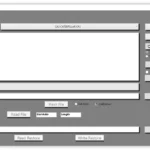 MAGIC TUNER
MAGIC TUNER MAN
MAN Navistar
Navistar PACCAR
PACCAR PERKINS
PERKINS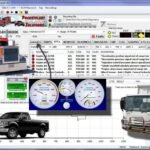 PF DIAGNOSE
PF DIAGNOSE PSI POWERLINK
PSI POWERLINK RENAULT
RENAULT SCANIA
SCANIA THERMO KING
THERMO KING UD NISSAN
UD NISSAN VOLVO
VOLVO WABCO
WABCO ZF TESTMAN
ZF TESTMAN
 BELL
BELL BENDIX
BENDIX BOBCAT
BOBCAT CARRIE
CARRIE DAF
DAF DETROIT
DETROIT EATON
EATON FUSO
FUSO MACK
MACK
 Cumminz
Cumminz ISB4.5 CM2150
ISB4.5 CM2150 All Engines (2017 Emissions)
All Engines (2017 Emissions) PACCAR
PACCAR
![The Doosan Diagnostic Tool DOOSAN DIAGNOSTIC TOOL STAGE V DL06-08 02.15 R2 [2024.02] is essential for efficient equipment management. This powerful software aids in diagnosing issues, ensuring optimal performance, and minimizing downtime. It features real-time diagnostics, code reading, and software updates. Compatibility with various Doosan models enhances its effectiveness. Additionally, ECMTrucks.com provides excellent support, including remote installation via TeamViewer.](https://ecmtrucks.com/wp-content/uploads/2024/08/88-1-300x226.png)



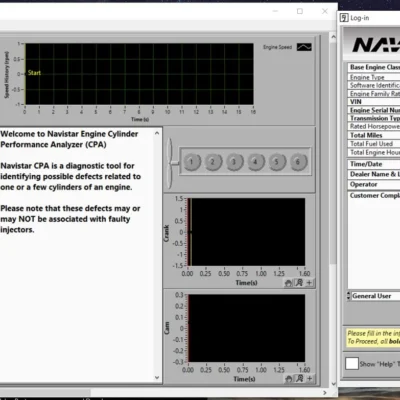

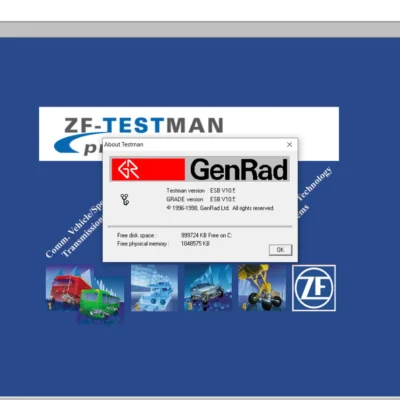


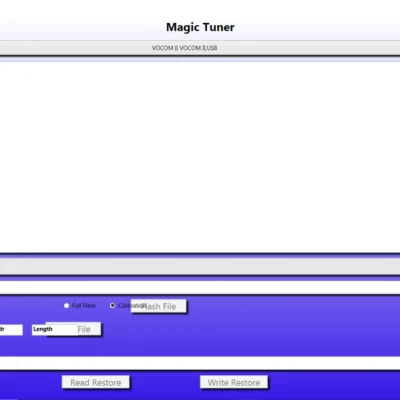
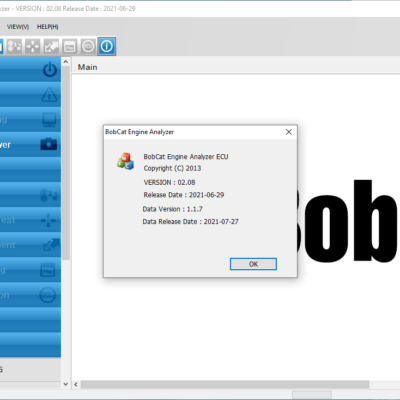

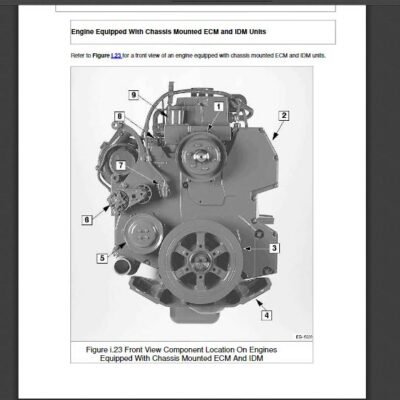

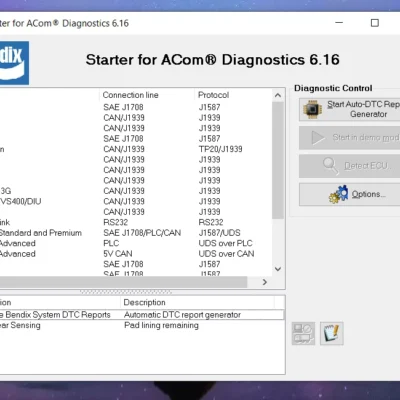

Reviews
Clear filtersThere are no reviews yet.